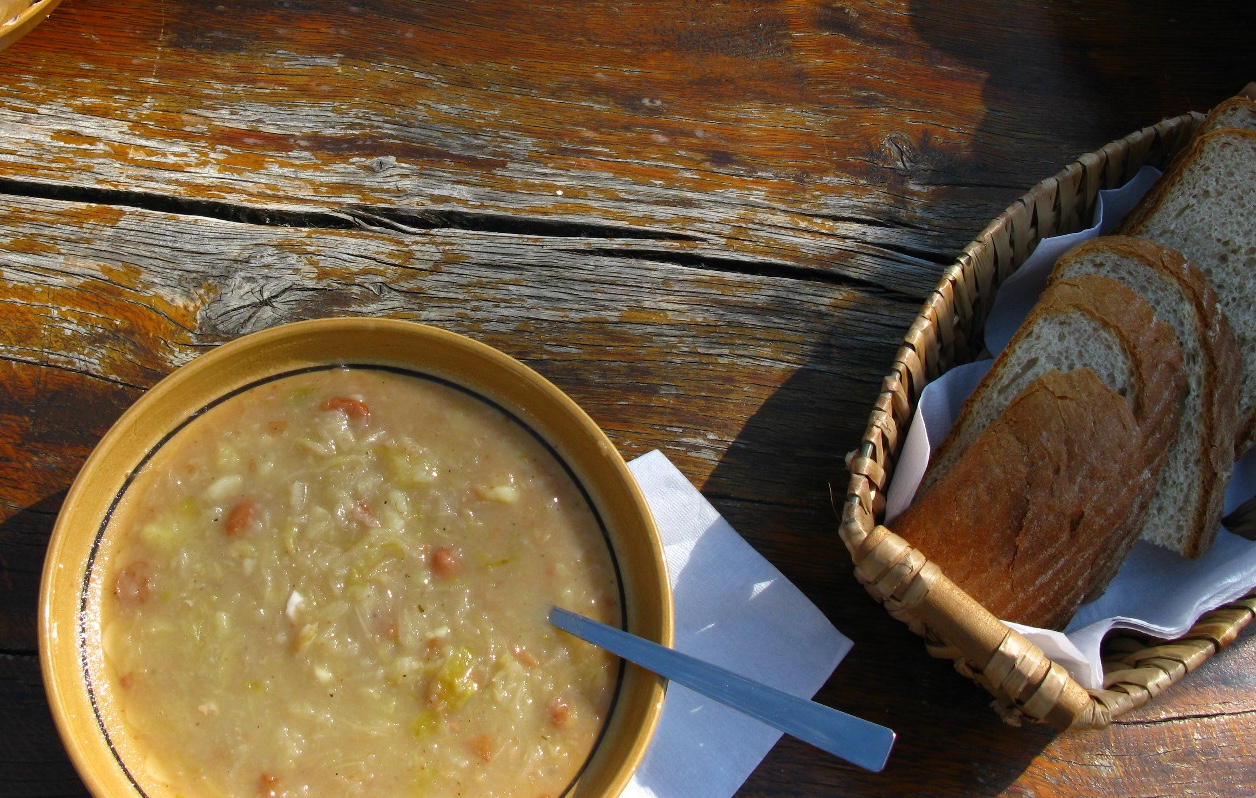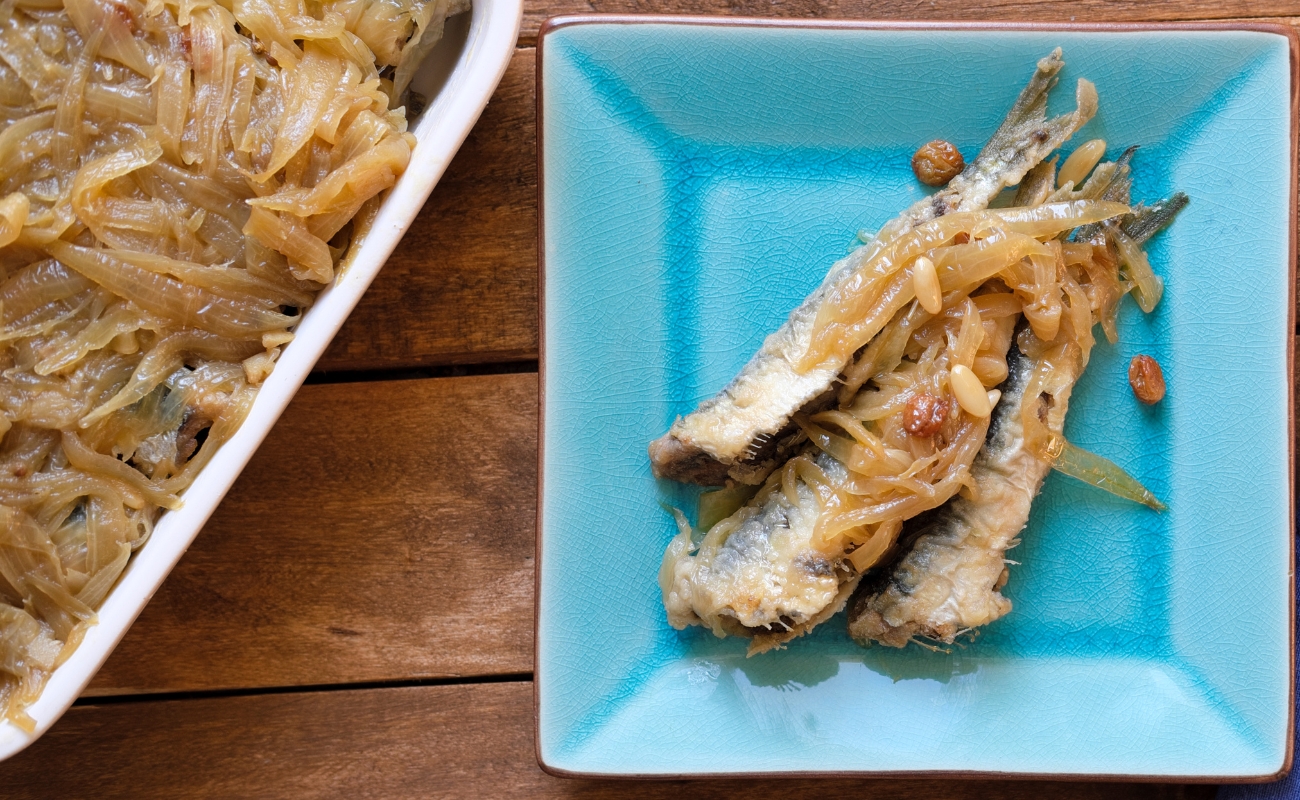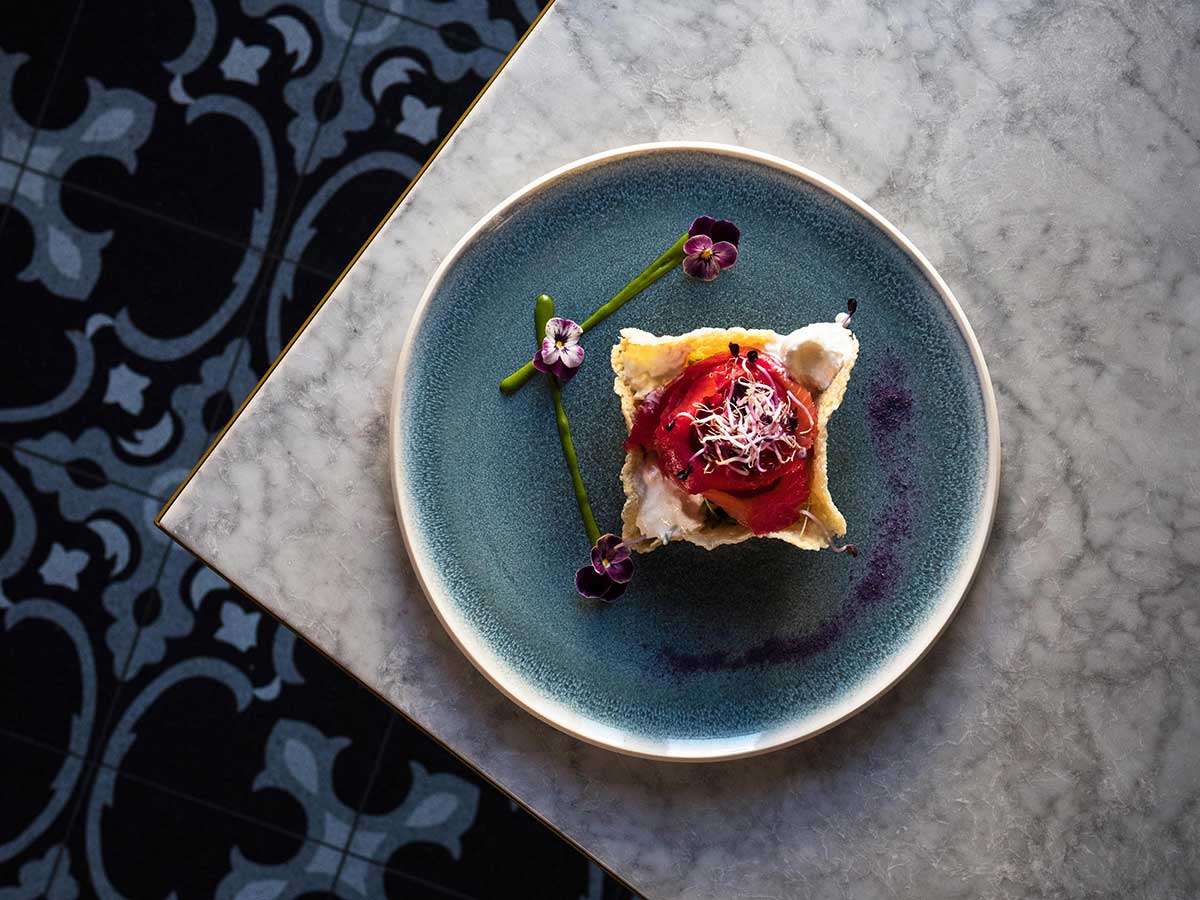What to eat in Trieste: must-try traditional dishes
No trip is truly complete without tasting the local cuisine, especially when it’s the result of a rich blend of cultures and influences. That’s exactly the case with Triestine cuisine, which tells the story of a crossroads between Italian, Balkan, Central European and Jewish traditions through its dishes.
To fully savor the history of Trieste, here are the must-try local specialties.
Jota soup
One of the signature dishes to eat in Trieste is the jota, a rustic soup made with sauerkraut, beans and potatoes, flavored with pork. With ancient origins, it’s likely a classic “leftover” dish, where scraps were turned into something delicious. Today, jota remains one of the most beloved recipes in Trieste and is a staple of winter menus across local restaurants.

Goulash and bread dumplings
Two more stars of Triestine gastronomy, often served together, are goulash and the so-called bread dumplings. Both recipes come from Austro-Hungarian heritage and resemble dishes still enjoyed in Trentino-Alto Adige, though they have unique local twists. For example, Triestine goulash contains no potatoes but only white onions, in the same quantity as meat. The bread dumplings are served dry instead of in broth, making them perfect companions for stews and soups like goulash.
Sardoni Barcolani
Trieste is a coastal city, so seafood naturally plays a key role in its cuisine. Among the specialties to eat in Trieste are the sardoni barcolani, sardines caught off the coast of Barcola. They can be served fried or in savòr, an old Venetian-style marinade with onion, oil, and vinegar, originally meant to preserve fish.

Desserts: strucolo, presnitz and fave
Trieste also boasts a rich dessert tradition, perfect with a capo in b in one of its many historic cafés. The most famous sweets include strucolo, a Triestine version of strudel, and presnitz, a puff pastry dessert filled with dried fruits and spices – a must at Christmas.
Then there are the fave, made with eggs, sugar, hazelnuts, and cocoa. These delightful treats are typically enjoyed on All Saints’ Day. Their three colors symbolize the cycle of life: white for birth, pink for life, and brown for death.
Where to eat in Trieste: Novecento Restaurant
If you’re looking for a place to enjoy traditional Triestine recipes, we highly recommend our Novecento Restaurant Trieste. The menu features dishes rooted in the city’s culinary heritage, reimagined with a modern twist and made from the highest-quality local ingredients.
The Novecento Restaurant Trieste is open to both hotel guests and external customers, offering a memorable culinary experience to enrich your stay in the city.



Leave a comment